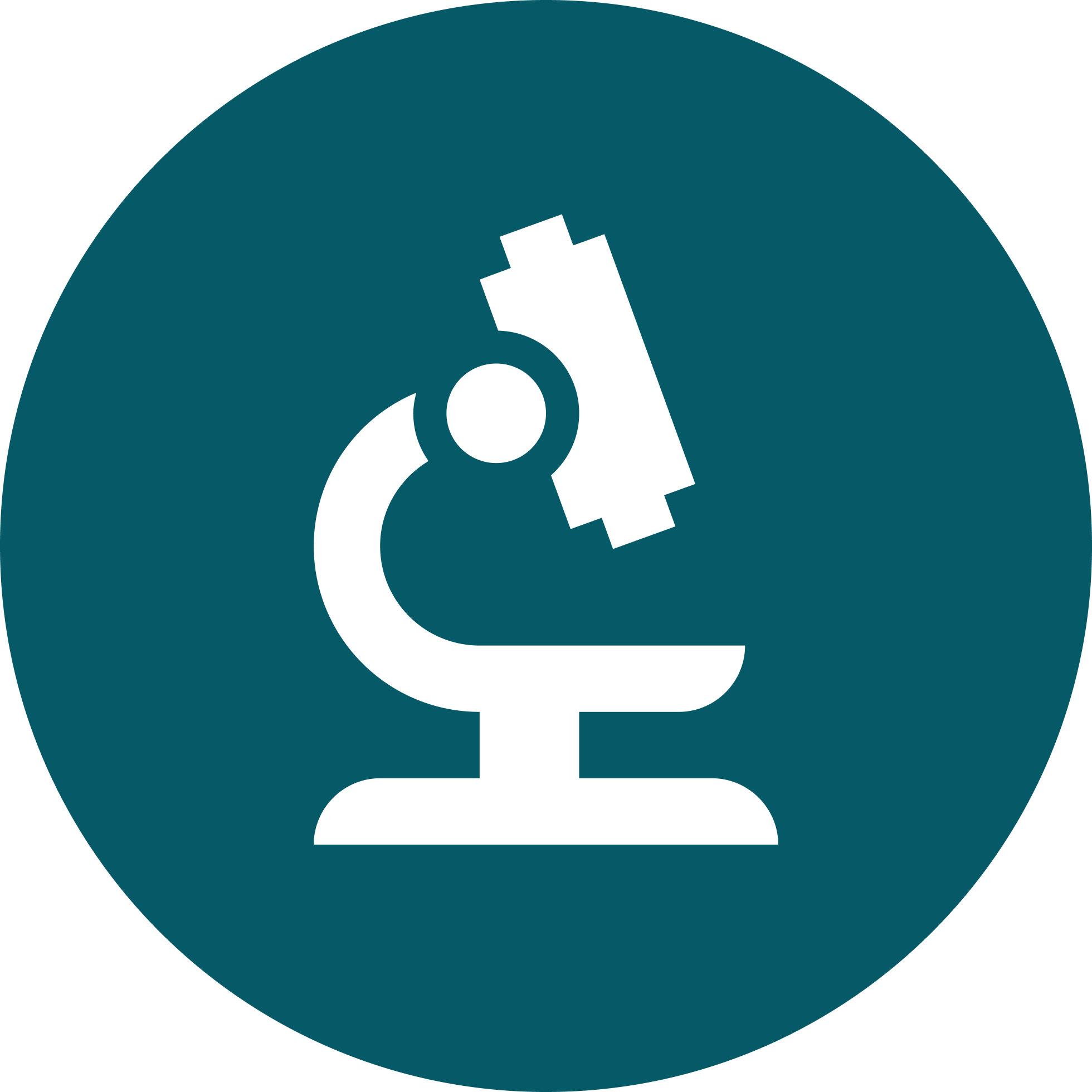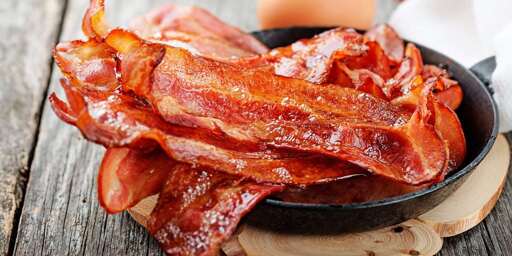N=133,000 over 40 year time period
Observational study so limitations may apply but the findings do hold after adjusting for a large list of factors I will quote here:
educational attainments, family history of dementia, menopausal status with hormone use status, total energy intake, regular antidepressant drug use, history of depression, BMI, moderate-to-vigorous physical activity, neighborhood SES [socioeconomic status], marital status, living arrangement, smoking status, histories of hypertension, diabetes, and hypercholesterolemia and intakes of sugar-sweetened beverages, fruits, vegetables, whole grains, poultry, fish, eggs, nuts and legumes, low-fat dairy products, high-fat dairy products, and alcohol



Yet another reason to shift to more veganism.
People really need more whole plant foods in their diets.
From a health perspective, economic perspective, climate perspective, and ethical perspective.
Stupid question - are whole plant foods just fruit and veggies and nuts, or is it also stuff like nut milks, chickpea pasta, etc?
When people say “whole” they’re referring to virtually any plant food that’s in it’s whole, ideally intact, form. For example in descending order:
Chickpea pasta would be comparable to number two on this list, so not bad. Store bought plant milks are not whole foods because the plant solids have been strained out. If you were to make a plant milk by, say, blending whole soy beans or almonds in water, that would be a whole food.
Amazing, thank you for the detailed response!
Thank you! Yes, it’s definitely a spectrum. The goal is to eat the whole plant while reducing processing that removes or destroys healthy fibers and vitamins.
Fun fact, we have canine teeth. Which means like every other omnivor and carnivore, we as humans are designed to eat meat. Just not hugely growth hormone filled meat like modern beef and chicken and pork. We’re made to eat wild healthy God raised and not farm raised meat. But yes you alsomust maintain a balance of meat and vegetables.
Humans aren’t “designed” to do anything, they evolved over time to better suit their environments. You can get all the micro and macro nutrients you need as a vegan, and there is no physical way for every human on Earth to eat wild meat to begin with.
Whatever you wanna tell yourself. I was just letting you know that just because you CAN survive on a highly specialized solely plant based diet, doesn’t mean you and everyone else on the planet SHOULD. Humans are opportunistic omnivores, always have been always willing be. there are a few examples of previous humans choosing to only eat plants, but the vast majority of them ate meat and veggies. A well balanced diet of fruits vegetables and meat is best for humans. Again thought not today’s modern, super fucked up mass farmed and processed meat.
I can also pretty confidently say that if you were ever actually starving, you would for sure eat meat to survive without a second thought no matter how vegan you say you are. Unless you’re one of those people that would rather die than kill an animal to survive.
And as far as the everyone couldn’t eat wild meat part, most people with a medium sized back yard could raise chickens or goats or rabbits on their own for meat. While it’s not necessarily “wild” it’s still much better than commercially farmed meat.
You’re fighting a strawman, and moreover the idea that everyone can have a medium sized back yard is again fantasy.